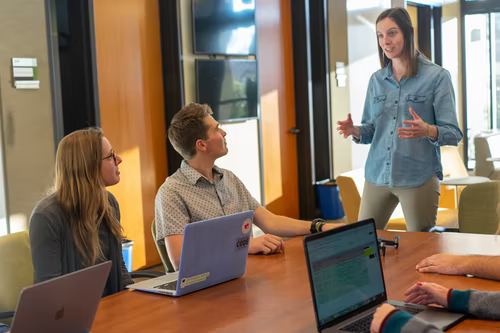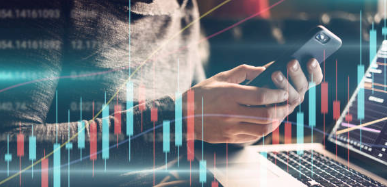3 Tips for Buying Equipment for Business Needs
Running a business involves making a ton of decisions, and one of the big ones is figuring out what equipment you need to keep things running smoothly. Whether it’s choosing which mechanical seal to buy for your centrifugal pump or deciding on the right conveyor system for your production line, these choices can have a real impact on your business.
Instead of diving in headfirst, take a step back and give yourself time to assess things carefully with these 3 tips.
Know Exactly What You Need
Before you even think about buying anything, take the time to figure out what your business actually needs. Every operation is different, and buying the wrong equipment can leave you with tools that don’t add much value. Ask yourself questions like: Will this improve efficiency? Can it scale with my business as I grow? Does it solve a current problem? By answering these, you’ll have a clearer idea of what will work best for you.
For example, if you’re running a small business, it’s tempting to go all out and buy the latest, most expensive equipment. But if you don’t need those extra bells and whistles, you could be wasting a lot of money.
Plan Your Budget Wisely
Let’s face it—equipment isn’t cheap, so budgeting properly is a must. It’s not just about the upfront cost either; think about the long-term expenses, like maintenance and possible upgrades.It’s important to know the total cost of power so that there are n’t any surprises down the road.
You’ve got options when it comes to buying too. Leasing equipment might make more sense if you don’t need it long-term, and financing can help spread out those payments so they don’t hit all at once. Warranties can also be a lifesaver when something goes wrong, so factor those into your decision.
Do Your Homework on Suppliers
Imagine this: You invest in a fancy new machine for your production line, but a few months later, it breaks down. When you reach out to the supplier, their customer service is terrible, and you’re stuck waiting on repairs. Your whole operation is delayed, and now you’re losing money. Not fun, right?
That’s why it’s so important to research your suppliers before making a big purchase. Look at reviews, ask around, and make sure the supplier you choose has solid customer support and reliable service agreements. It might seem like an extra step, but it can save you a lot of headaches in the long run.
Buying equipment for your business doesn’t have to be stressful if you approach it the right way. These tips will help you make smarter decisions that can boost your business in the long run, so take a break, think it through, and you’ll be well on your way to making purchases that really pay off.









